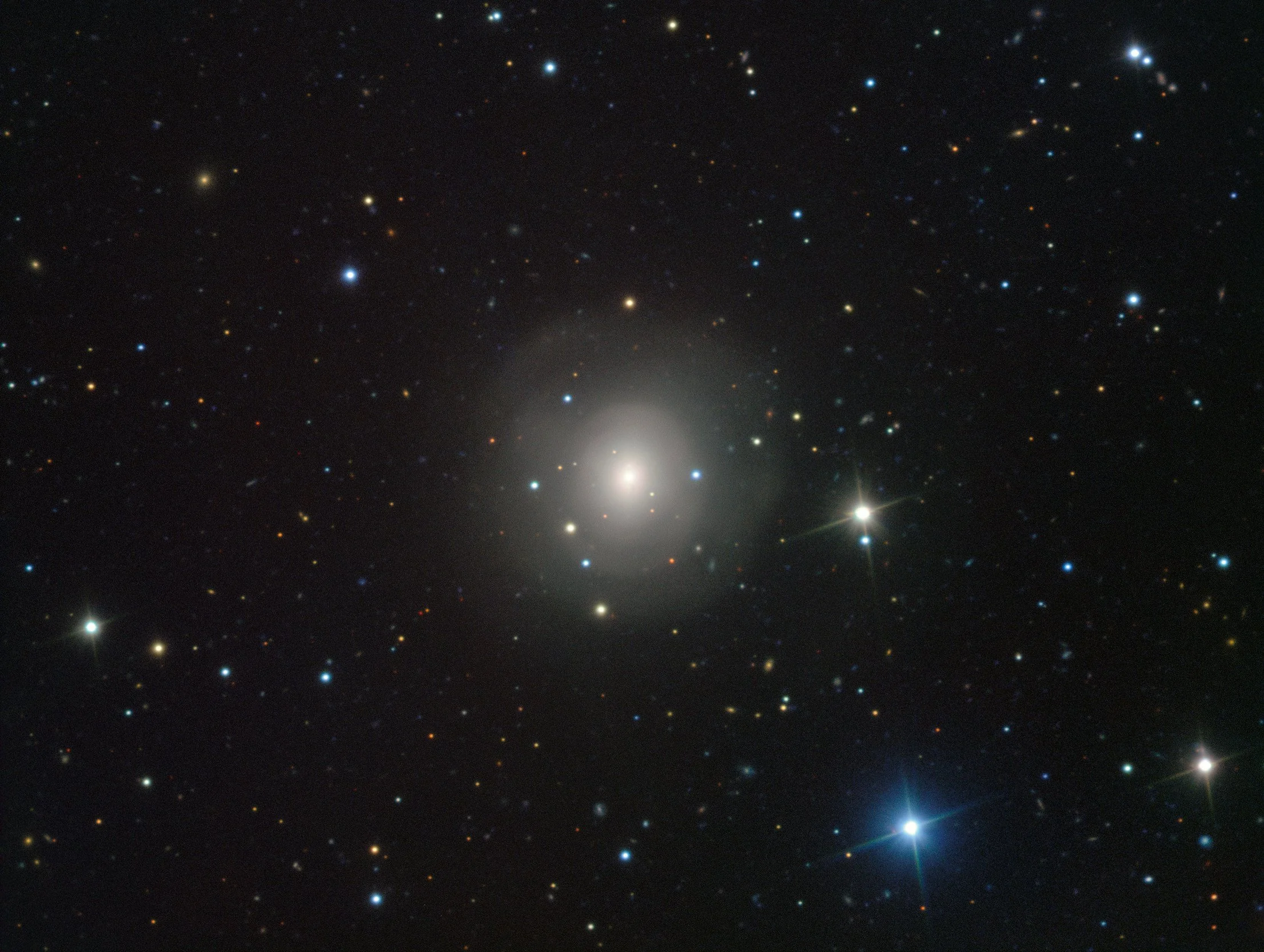RESEARCH
Cosmic Explosions
The Home and Genealogies of Kilonovae
Kilonovae are the explosions that arise from the merger of two neutron stars after they release a burst of gravitational waves. The first undisputed observation of a kilonova happened in 2017 and it was sufficiently nearby for astronomers to take a 3D image of its host galaxy. Neutron star mergers typically occur billions of years after their parents stars were born, and to retrace their life story we must understand the characteristics of the stars in the host galaxy (how old they are, their composition) and use extensive simulations to retrace the steps that stars must have taken to create this rare event. In the past, astronomers have had to use different types of models to infer the characteristics of host galaxies on the one hand, and to retrace the genealogies of stellar explosions on the other. In my postdoc I created new data pipelines to harness the wide reaching predictions of the BPASS models in order to do be able to both study the home and the genealogy of this explosion using the same simulations. Our paper has now been accepted for publication in Nature Astronomy and will be posted here as soon as it has been published. In the mean time you can read more about BPASS and the data analysis tools I implemented in my python package hoki
Featured in WIRED: “The Secret Lives of Neutron Stars“
Super-Luminous Supernovae
These explosions result from the death of some of the most massive stars in the Universe and are over ten times more powerful than typical supernovae. Some events show odd “bumps” in their light-curves as they fade, which are difficult to explain. One event in particular, SN 2017gci, started showing hydrogen in its spectra as those bumps appeared, and I used the BPASS model predictions to study whether binary interactions could explain this strange phenomenon. The answer is a little bit of “yes” and a little bit of “no”; for more detail here is the paper:
Core-Collapse Supernovae & Sprecropolarimetry
I spent my PhD studying the 3D shape of core collapse supernovae and some of their progenitor stars using a method called spectropolarimetry. You can find an introduction to both of these topics on my website at the links below, or go take a look at my thesis and associated papers.



